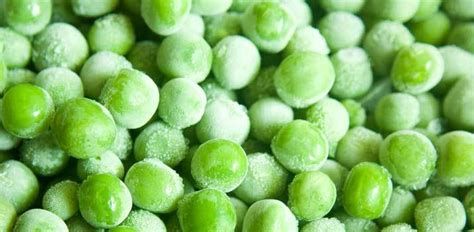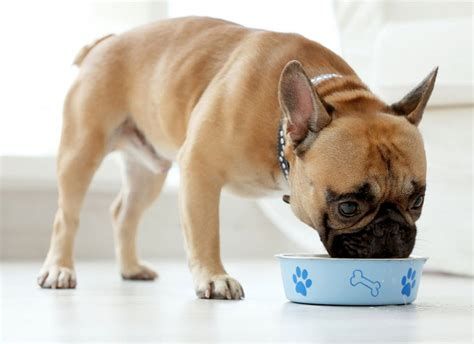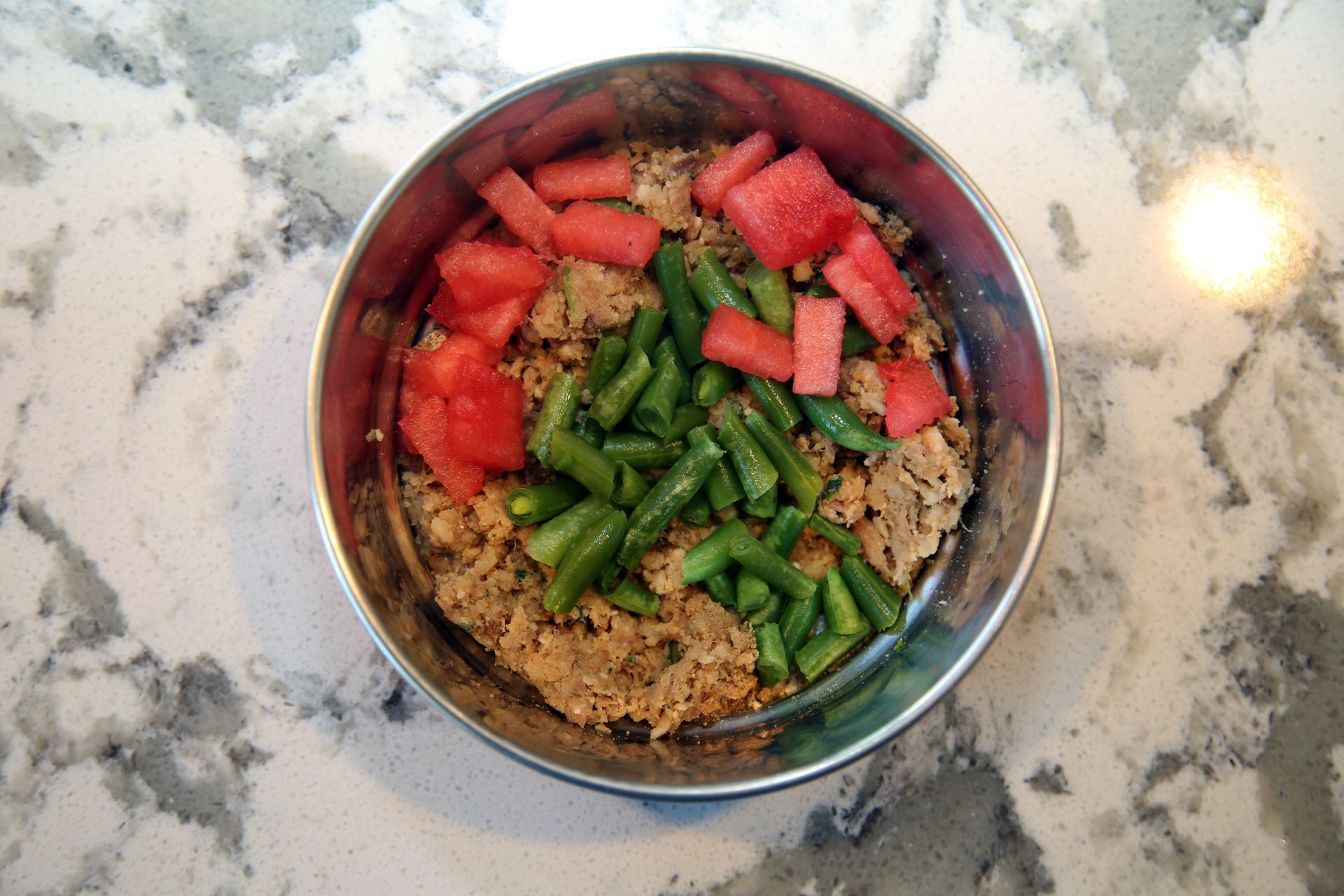Understanding Grain-Free Dog Food
Grain-free pet food has become increasingly popular in recent years. But what does “grain-free” really mean? This term refers to dog foods that do not contain grains such as wheat, corn, rice, oats, barley, or other cereal grains. Instead, these foods are made with ingredients like peas, lentils, legumes, potatoes, and meat. The idea is to provide a diet that more closely resembles what dogs would eat in the wild.

Why Choose Grain-Free?
Many pet owners opt for grain-free dog food for a variety of reasons. Some believe it is healthier for their pets, while others have dogs with specific dietary needs or allergies that make grain-free food a better choice. It’s important to note that not all dogs need a grain-free diet, and in some cases, grains can provide beneficial nutrients. Always consult with your vet before making significant changes to your dog’s diet.
Potential Benefits of Grain-Free Dog Food
Improved Digestion
Some dogs may not digest grains very well, leading to loose stools or other digestive issues. Grain-free dog food can potentially help improve digestion in these cases.

Reduced Allergy Symptoms
Dogs can have food allergies just like humans, and grains are a common allergen. Switching to grain-free food might help reduce allergy symptoms in sensitive dogs.
Better Skin and Coat
Grain-free diets often have higher levels of omega-3 and omega-6 fatty acids, which can lead to healthier skin and a shinier coat.
Potential Drawbacks of Grain-Free Dog Food
While grain-free dog food can have benefits, it’s not without potential drawbacks. For one, grain-free diets have been linked to a condition called dilated cardiomyopathy (DCM) in dogs, though the FDA is still investigating this link. Additionally, grain-free diets can be higher in fat and calories, potentially leading to weight gain if not monitored closely.
Making the Switch to Grain-Free
If you decide to switch your dog to a grain-free diet, it’s important to do so gradually. Start by mixing a small amount of the grain-free food with your dog’s current food, gradually increasing the amount of grain-free food over a week or two. This will help your dog’s digestive system adjust to the new diet.
Choosing the Right Grain-Free Food
When selecting a grain-free dog food, look for one that is complete and balanced, meaning it contains all the nutrients your dog needs in the right proportions. Consult with your vet to determine the best food for your dog’s specific needs.
Remember, every dog is unique and what works well for one might not work for another. Always monitor your dog’s health closely and consult with your vet if you notice any changes.
